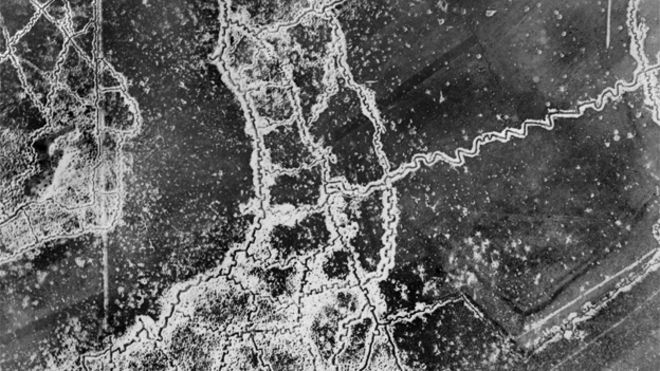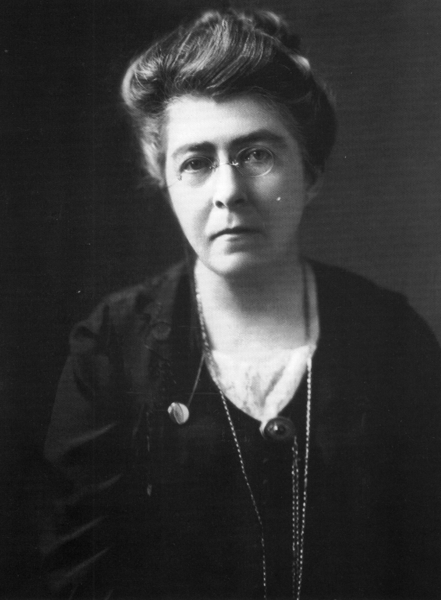25 April 1915: Irish regiments of the British Army took part in the landings at Gallipoli on this day. They were part of an Expeditionary Force sent to seize the straits of the Dardanelles from the Ottoman Empire that if successful would allow free passage to the Allied navies through the straits and onto Constantinople, the capital of Turkey at that time.
However by the time the assaults were launched all surprise had been lost and the Turks were ready to repel any attempt to seize the Gallipoli peninsula. Irish troops of the 29th Division participated in the landings at Helles Beach on the southern tip of Gallipoli.
Troops of the Royal Dublin Fusiliers and the Royal Munster Fusiliers of the 29th Division took part in the landings at Gallipoli. Embarking from the steamer the River Clyde [above] hundreds of Irishmen were lost in the attempt to get ashore in the face of devastating fire from the Turkish defenders.
The British 29th Division had orders to land at the southern tip of the Dardanelles peninsula, at Cape Helles. The landing place named V Beach in the plan of operations was where the Irish were to come ashore. It proved to be an extremely unsuitable landing place. It was covered by Turkish positions in the village of Sedd-el-Bahr and more importantly by the fort of the same name. There were defensive positions with machine gun emplacements and snipers could decimate troops landing from the sea. The British plan of attack was first a naval bombardment of the Turkish positions around Sedd-el-Bahr, followed by a landing of troops. The naval bombardment failed to destroy the Turkish defences before the troops landed.
The night before the attack on the 25th of April, none of the men could sleep on board the Clyde through fear and apprehension. Cocoa was issued all round. At 0500 hours, the navy began their bombardment of the Turkish positions around the village of Sedd-el-Bahr. Before the Dublins and Munsters approached the beaches, their Brigade Commander addressed his men saying,
‘Fusiliers, our brigade has the honour of the first to land.’
At 06.25, the naval bombardment stopped and the skipper of the Clyde, Commander Unwin, ran her aground on the beach just under the ancient Fort at Sedd-el-Bahr. The section of the beach assigned to the Dublin and Munster Fusiliers was called 'V' Beach.
The SS
River Clyde was a 4,000 ton converted collier. On the bows were fitted eleven machine guns. Sally ports had been cut in the hull to allow the men to embark via gangways. The ship held 2,000 men; the 1st Battalion of the Royal Munster Fusiliers plus two companies of the 2nd Battalion, the Royal Hampshire Regiment (from the 88th Brigade) and one company of the Royal Dublin Fusiliers.
The tows containing amongst others the Dubliners had gone in at 6 am. All appeared lifeless following the bombardment. As the boats were about to land, the Ottoman defenders opened up, laying down a withering fire. The guns in the fort and castle of Sedd el Bahr enfiladed the beach, slaughtering the men in the boats. As they came down the gangways they continued to be mown down. A few made it ashore and sought shelter under a sand bank at the edge of the beach where they remained, pinned down. Out of the 700 men who went in, only 300 survived, many of whom were wounded.
The River Clyde followed closely behind the tows. To connect the collier to the shore, a steam hopper, the Argyll, was to beach ahead of it, providing a bridge. However, the Argyll ended up broadside to the beach, out of touch with the River Clyde. The captain of the River Clyde, Commander Edward Unwin, led men outside to manhandle three lighters (transport boats) into place and so a bridge was formed. Two companies of Munsters emerged from the sally ports and tried to reach the shore but were cut to pieces, suffering 70% casualties. Around 9 am another company made an attempt which also failed.
A third attempt to get ashore from the River Clyde by a company of Hampshires who were likewise killed. The leader of the main force, Brigadier General Napier made an attempt to lead his force ashore and was also killed. Finally, at 10.21 am, General Hamilton, who had been watching the landing from the HMS Queen Elizabeth instructed Hunter-Weston to land the main force at W Beach. The 1,000 men remaining aboard the River Clyde waited until nightfall before making another attempt to land.
Tim Buckley, a Munster Fusilier from Macroom in Co. Cork, described the utter panic the men suffered in those few moments waiting to get down the gangway onto the cover of the barge pontoons. He wrote:
When my turn came I was wiser than my comrades. The moment I stood on the gangway, I jumped over the rope and on to the pontoon. Two more did the same, and I was already flat on the bridge. Those two chaps were at each side of me, but not for long, as the shrapnel was bursting all around. I was talking to the chap on my left when I saw a lump of lead enter his temple. I turned to the chap on my right, his name was Fitzgerald from Cork, but soon he was over the border. The one piece of shrapnel had done the job for two of them.
Some 115,000 men from the then United Kingdom of Britain & Ireland and from the Commonwealth countries Australia and New Zealand (ANZAC)were killed or wounded in the Gallipoli campaign. Many thousands of Irish born and the sons of those who emigrated also served in the ANZAC forces who fought on the beaches that day and in the rest of the campaign. While it is difficult to pinpoint exact numbers it would appear about 4,000 of those who died were men who were originally from Ireland, with perhaps another 10 or 12,000 wounded.
The campaign was to sputter on until January 1915 when the Allies withdrew under cover of darkness leaving the field to the Turks.





.jpg/220px-Sir_Roger_Casement_(6188264610).jpg)



